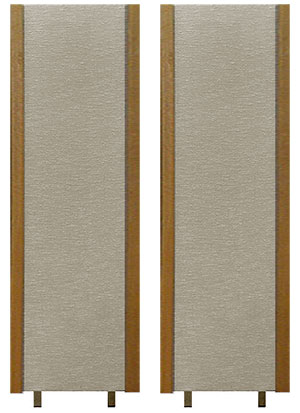| Columns Retired Columns & Blogs |
Such a fine example of using listening as a means of critical evaluation - the difference in staging on various recordings perhaps refuting the idea of better staging just being due to the dipole arrangement, or the comment "live pianos don't sound that warm".
This is core Stereophile good stuff. Thank you so much!
My only tiny complaint would be that, while understanding the principle of reviewing equipment sold via local dealers, I feel it's really too bad not to have this kind of wonderful critical light shone on more stuff that is sold direct-to-consumer, since for many of us that's the only way we'll know in advance about the merits or otherwise of one of those alternatives.
 Ask anyone in the street what they think of when they hear the word "loudspeaker" and odds are they'll describe a wooden box with moving-coil drivers sitting in its front. But ask a Stereophile reader and it's quite possible that he or she'll describe a large, flat panel reminiscent of a room divider: in our
Ask anyone in the street what they think of when they hear the word "loudspeaker" and odds are they'll describe a wooden box with moving-coil drivers sitting in its front. But ask a Stereophile reader and it's quite possible that he or she'll describe a large, flat panel reminiscent of a room divider: in our 





































